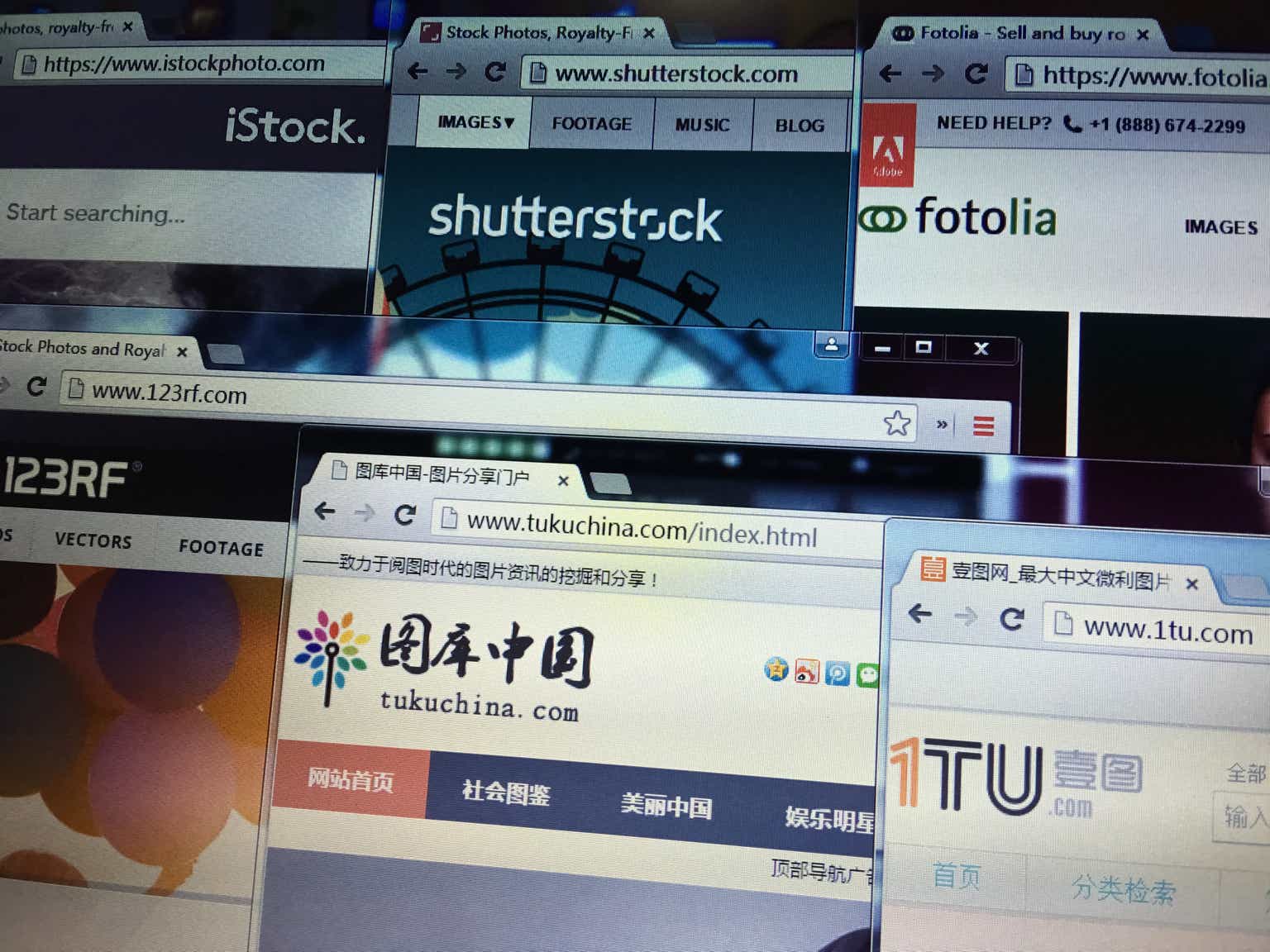In February of this year, I believed that Shutterstock (NYSE:SSTK) offered a prettier image, as it has seen continued growth since the pandemic, but moreover, it has regained structural profitability. This, in combination with a reset in the valuation, started to look interesting, if not for a strong recovery in the share price at the start of the year.
A Quick Recap
Shutterstock went public all the way back in 2012, going public at $22 per share, at a time in which paying for intellectual property was still somewhat of a novelty, certainly if we compare it to today.
At the time, the company operated a database of 20 million images, used and paid for by half a million users. The company posted sales of $120 million at the time, accompanied by solid profitability, with double-digit net profit margins reported on the bottom line. Trading at 4 times sales the valuation looked quite reasonable.
In fact, shares rallied to the $100 mark in 2014, collapsed to $30 in 2016, and have traded around the $50 mark for a long period of time. The company has seen solid growth to a $650 million revenue base, which was the good part of the story, as operating earnings were stuck around $20 million. This resulted in sky-high earnings multiples, mostly because margins were tiny.
During the pandemic year 2020, the company has seen modest revenue growth to $666 million, but a net profit of $72 million (equal to $2 per share) was very promising. Moreover, the company guided for 2021 sales and earnings to continue to improve, all happening at a time when the pandemic was providing an impetus to the business, while the company was simultaneously moving to a subscription-based model as well. This momentum pushed shares from levels in the thirties early in 2020 to a high of around $120 late in 2021.
2021 revenues ended up growing 16% to $773 million with operating earnings up 27% to $108 million, as GAAP earnings came in at $2.46 per share. The company furthermore outlined a solid guidance for 2022, with sales seen up another 8-10% to $835-$850 million and adjusted earnings seen between $3.65 and $3.80 per share.
The company posted growth during the year, although it was positively impacted by some bolt-on deals, but hurt by the strong dollar as well, as revenues only rose 7% to $828 million in the end. While adjusted EBITDA rose 13% to $213 million, and adjusted earnings were up 11% to $3.87 per share, GAAP earnings were down 15% to $2.08 per share. Adjusted for some items, as well as stock-based compensation expense, I pegged realistic earnings close to $3 per share.
With net cash down to $65 million in February, the 36 million shares value equity at $2.5 billion at $70 in February. This valuation was equal to about 3 times sales and 23 times my estimated realistic earnings, for an unleveraged business. This valuation was still a bit demanding in my eyes given the outlook for 2023, with the company only guiding for 1-3% sales growth. The company furthermore guided for very modest improvements in adjusted earnings, seen between $3.90-$4.05 per share.
And Now?
After shares peaked around the $80 mark in February, shares have come down again to $49 at this point in time. In the meantime, we have seen quite a few eventful months, driven by the rise of artificial intelligence, of course, leaving investors guessing what the impact is and will be on the business going forward. In fact, in March, the company announced that it has teamed up with Nvidia (NVDA) to build AI Foundation models for generative 3D artist tools.
Towards the end of April, the company posted first quarter sales up 8% to $215 million which looks very decent, certainly as adjusted earnings rose from $1.00 to $1.29 per share. Adjusted for stock-based compensation, earnings still came in just over a dollar per share. On the back of the stronger start, the company now guides for 2-3% sales growth this year, with adjusted earnings now seen between $4.00 and $4.10 per share on the back of a $229 million EBITDA number.
In May, the company announced a huge deal, with the purchase of GIPHY, the largest collection of GIFs and stickers used in casual conversation. The company was owned by Meta (META) and has a library which draws more than a billion search queries. Shutterstock paid a mere $53 million for the activities, which Meta had to divest for antitrust reasons, and has now done so at a $262 million loss. The deal is set to add just a very modest revenue number in 2023 (not being quantified) with monetization efforts earmarked for 2024.
Despite a huge number of impressions being mentioned and impressive user numbers, little information on the deal is known, but it certainly feels as if the purchase price is very modest, allowing the company to still operate with a net cash position after a decent first quarter.
In fact, the company announced a $100 million buyback program in June to take advantage of the continued fall in the share price, with shares now down to $50. This has reduced the equity valuation to about $1.8 billion, at just over 2 times sales as realistic earnings power around $4 per share looks like a steel. Moreover, the GIPHY deal looks very interesting, even though it has not been quantified.
The reality is that AI could be a huge threat to the business but, at the same time, a big opportunity as well. Amidst all this, I am leaning cautious from a fundamental point of view, although the valuation is starting to look enticing with the GIPHY deal. Given all this, I am performing a balancing act, simply not yet willing to commit to the shares here.
Read the full article here







